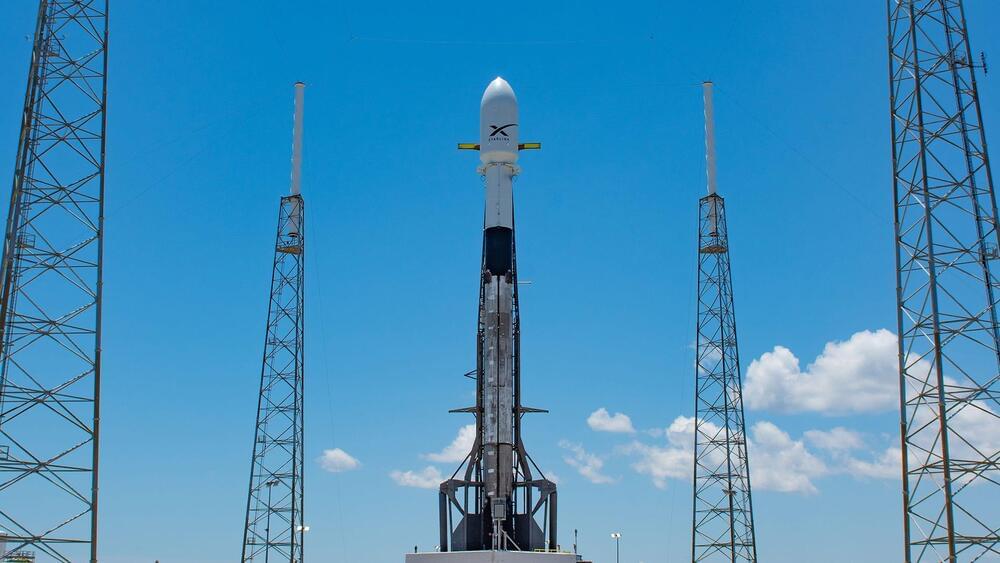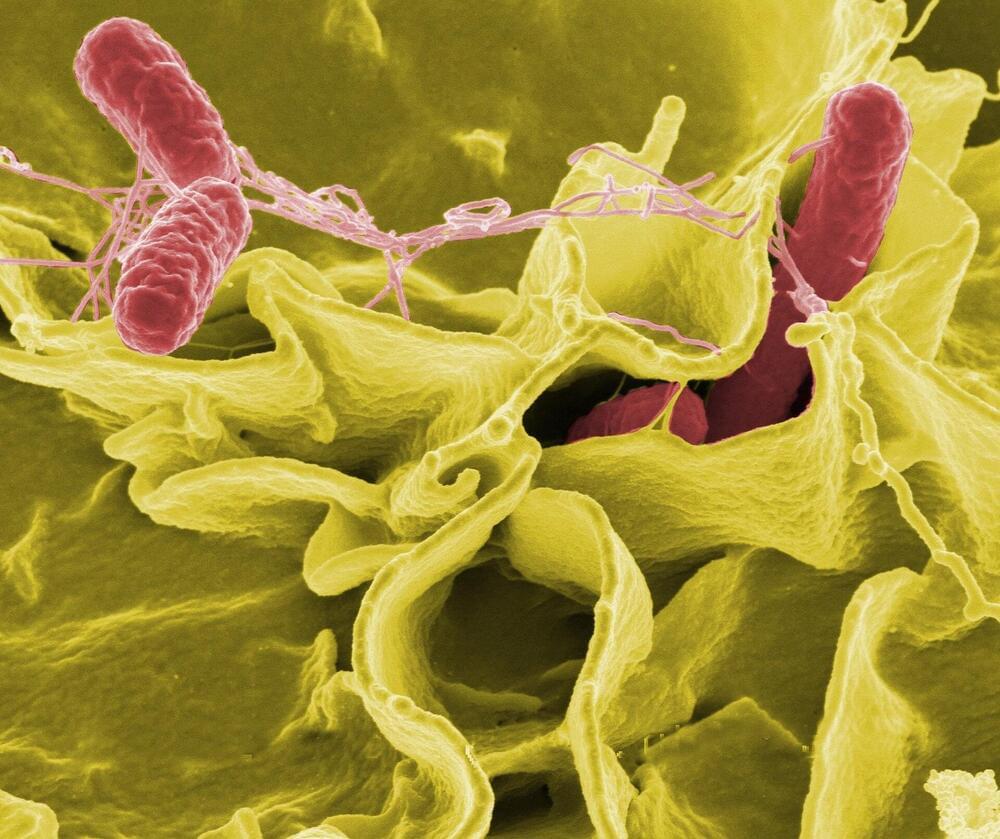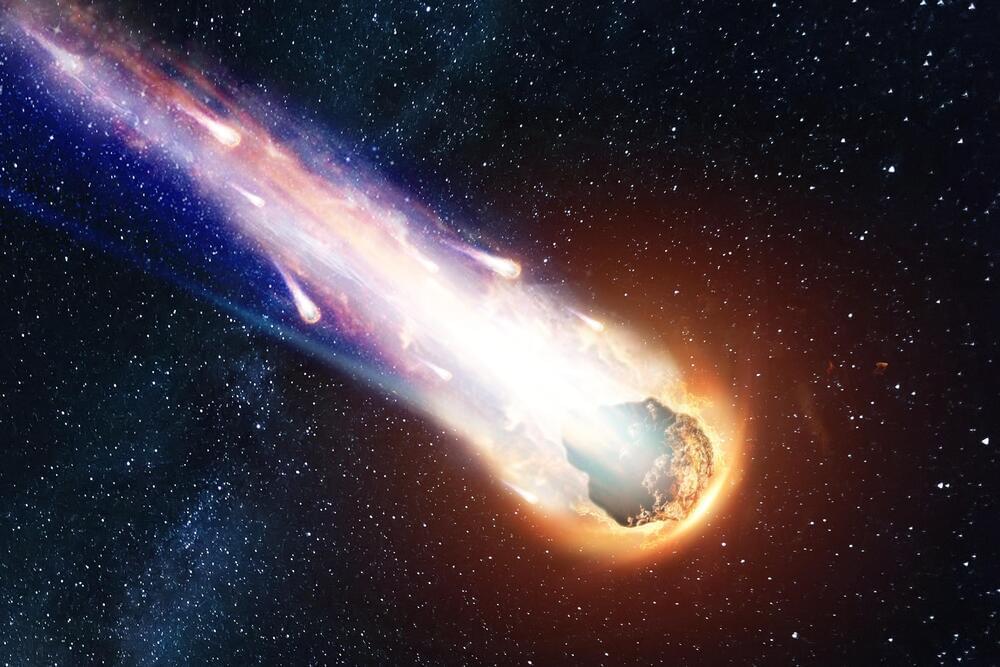Dec 27, 2022
New Biomarker Test Can Detect Alzheimer’s Neurodegeneration in Blood
Posted by Omuterema Akhahenda in categories: biotech/medical, neuroscience
PITTSBURGH — A group of neuroscientists led by a University of Pittsburgh School of Medicine researcher developed a test to detect a novel marker of Alzheimer’s disease neurodegeneration in a blood sample. A study on their results was published today in Brain.
The biomarker, called “brain-derived tau,” or BD-tau, outperforms current blood diagnostic tests used to detect Alzheimer’s-related neurodegeneration clinically. It is specific to Alzheimer’s disease and correlates well with Alzheimer’s neurodegeneration biomarkers in the cerebrospinal fluid (CSF).
A group of neuroscientists led by a Pitt School of Medicine researcher developed a test to detect a novel marker of Alzheimer’s disease neurodegeneration in a blood sample.


















